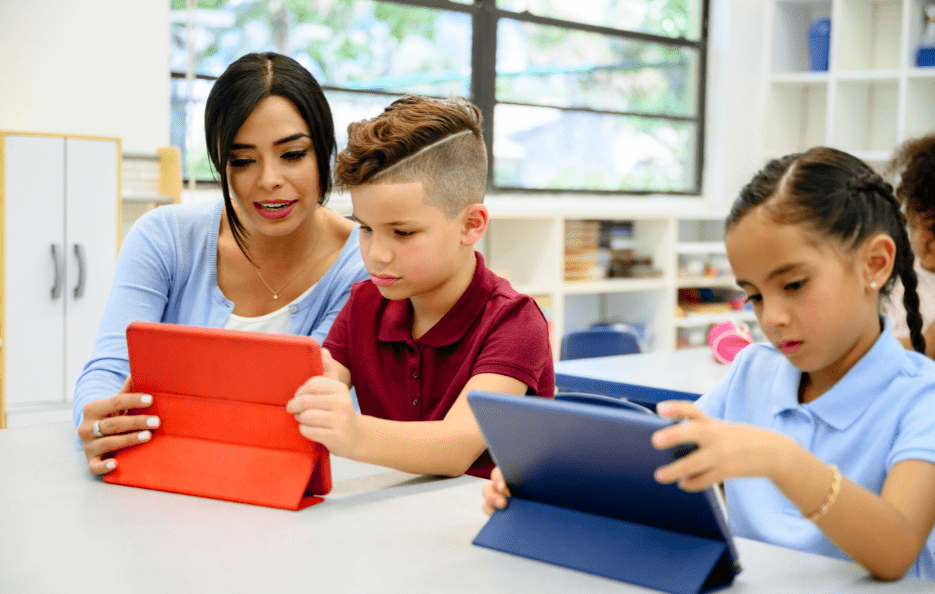Applying Digital Literacy in the Classroom
Digital literacy in the classroom includes, first and foremost, an effective digital literacy curriculum. Digital literacy is more than learning basic skills to use a computer; it also includes components such as digital citizenship, online safety, practical application and problem solving.
These foundations should be applied outside the computer classroom to drive additional understanding and mastery. Here are some ideas for applying digital literacy in the classroom:
Cross-Curriculum Integration
To apply digital literacy effectively, teachers should integrate technology into their curriculum in a meaningful way. This can include using digital tools that complement learning objectives, such as using presentation software to demonstrate understanding of a topic or engaging in collaborative projects using cloud-based platforms. Teachers should aim to use technology not as a substitute for traditional learning, but as an enhancement to deepen understanding and engagement.
Project-Based Learning
Project-based learning is another great strategy for applying digital literacy in the classroom. It encourages students to work on real-world problems and create solutions using digital tools. For example, students can research a local environmental issue and take action by creating a digital campaign to raise awareness and use social media to engage with and educate the community. This approach not only improves digital skills but also fosters critical thinking, collaboration and creativity.
Critical Thinking
Critical thinking is a fundamental aspect of digital literacy. Educators should encourage students to critically evaluate the reliability and credibility of the online information they use. This can be supported in classroom activities that involve researching and verifying sources, understanding bias and distinguishing between facts and opinions. Teaching students to be discerning users of digital content is crucial in an age of misinformation.
Digital Citizenship Modeling & Education
Digital citizenship is another important element of digital literacy. This involves understanding the ethical, social, legal and safety implications of one’s actions within a digital environment. Teachers can incorporate discussions and lessons on topics such as copyright, digital etiquette and the consequences of digital actions. Encouraging positive, responsible behavior online is essential for preparing students to navigate digital spaces respectfully and safely.
Professional Development for Educators
Professional development for educators in digital literacy is key to the successful integration of digital literacy in the classroom. This should include not only technology and computer teachers, but instructors in all areas of education. By ensuring all educators have effective digital literacy skills, schools and districts can ensure digital literacy education in students transcends the technology classroom.
Final Thoughts
By preparing students to be competent, conscientious and ethical users of technology, educators are not only enhancing learning but also equipping students with essential skills for the future. As technology continues to evolve, the importance of digital literacy in education will only grow, making its integration into the classroom more important than ever.

Learning.com Team
Staff Writers
Founded in 1999, Learning.com provides educators with solutions to prepare their students with critical digital skills. Our web-based curriculum for grades K-12 engages students as they learn keyboarding, online safety, applied productivity tools, computational thinking, coding and more.

